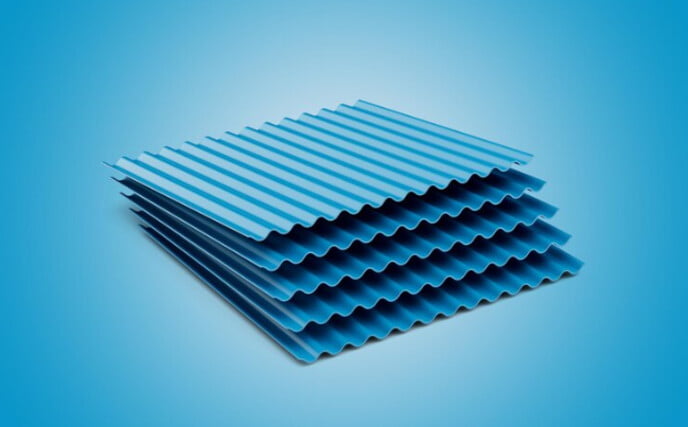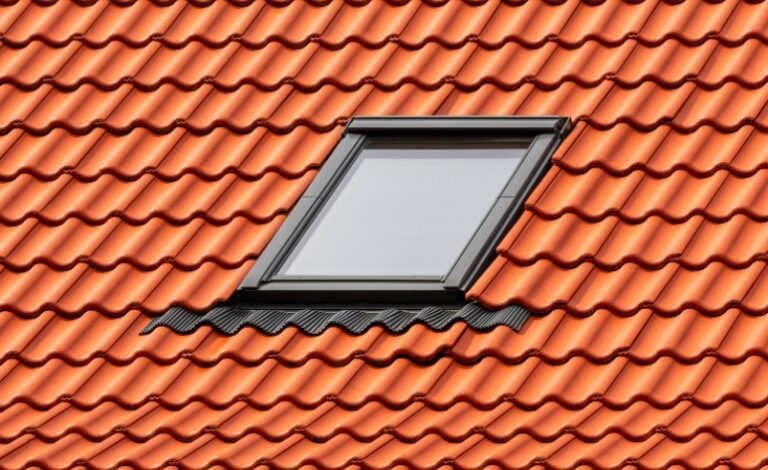Maximising the Usage of Corrugated PVC Sheets
In today’s construction industry, finding versatile, durable, cost-effective materials is paramount. One such material that has gained significant popularity is corrugated PVC sheets. Highly regarded for their diverse applications and exceptional properties, these sheets have become essential to modern architecture. Their versatility knows no bounds, from roofing and cladding to signage and partitioning. By exploring the benefits and innovative applications of corrugated PVC sheets, this piece aims to provide valuable insights to professionals seeking to elevate their construction projects to new heights.
Installation Best Practices for PVC Sheets
When installing PVC sheets, several best practices should be followed to ensure optimal usage and longevity. First and foremost, proper preparation of the installation area is essential. It involves cleaning the substrate thoroughly and removing any debris or dust that may affect the adhesion of the PVC sheets. It is also vital to ensure the substrate is smooth and level, as imperfections can cause problems during installation.
Another crucial aspect of PVC sheet installation is using the correct adhesive or fasteners. Choosing an adhesive specifically designed for PVC materials is important, as using the correct type of adhesive can result in better bonding and potential failure of the sheets. Similarly, using the appropriate fasteners, such as screws or nails, is essential to fasten the sheets to the substrate securely. Care should be taken not to overdrive the fasteners, as this can cause damage to the PVC sheets.
Regular maintenance and inspection of the installed PVC sheets are recommended to ensure their effectiveness. It includes checking for any signs of damage or deterioration and ensuring the sheets are properly sealed and protected from the elements. By following these installation best practices, corrugated PVC sheets can be maximised, allowing their full potential to be realised in various applications within the construction industry.
Exploring the Versatility of Corrugated PVC Sheets
Corrugated PVC sheets’ diverse applications and exceptional properties have become essential to modern architecture. These sheets can be effectively utilized in various ways to maximize their usage.
One of the primary uses of corrugated PVC sheets is roofing and cladding. Their lightweight nature, high strength, and weather resistance make them ideal for protecting buildings from external elements. Additionally, their flexibility allows easy installation and customization to fit different architectural styles.
Another significant application of corrugated PVC sheets is in signage and partitioning. The material’s transparency and ability to withstand UV exposure make it an excellent option for creating eye-catching signs and displays. Moreover, its lightweight nature makes it easy to transport and install, saving time and money. Additionally, these sheets can partition spaces within buildings, providing privacy while allowing light to pass through.
Corrugated PVC sheets offer many possibilities in the construction industry. Whether used for roofing, cladding, signage, or partitioning, their versatility knows no bounds. With their exceptional properties and cost-effectiveness, these sheets remain a popular choice for modern architecture, helping shape today’s and future buildings.
The Sustainability Factor of PVC Sheets
The sustainability factor of PVC sheets is an important aspect to consider when maximising their usage in construction. PVC, or polyvinyl chloride, is a synthetic plastic material known for its durability and strength. PVC sheets are resistant to moisture, chemicals, and sunlight, making them highly durable and long-lasting. This longevity contributes to their sustainability, as they do not need to be frequently replaced, reducing waste and the need for additional resources.
In addition to their durability, PVC sheets are recyclable, further enhancing their sustainability. PVC sheets can be collected, processed, and reused at the end of their lifespan to create new products. Recycling PVC reduces the demand for virgin materials and helps to conserve natural resources. Furthermore, producing PVC sheets requires less energy than other materials such as metal or wood, making them an environmentally friendly choice.
Maximising the usage of corrugated PVC sheets provides architectural versatility and cost-effectiveness and promotes sustainable construction practices. By utilising PVC sheets in various applications such as roofing, cladding, signage, and partitioning, builders can reduce their environmental impact while still achieving their design goals. The durability, recyclability, and energy efficiency of PVC sheets make them a sustainable choice for the construction industry, helping to create a more environmentally conscious built environment.







